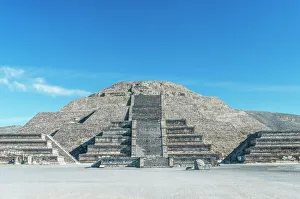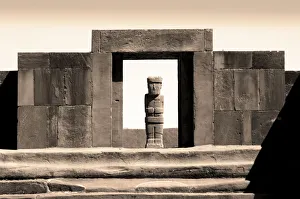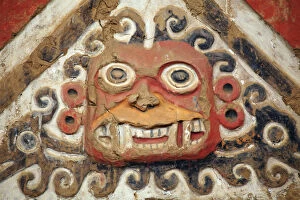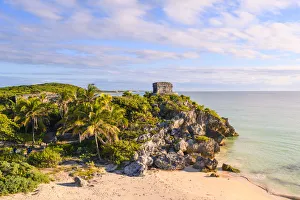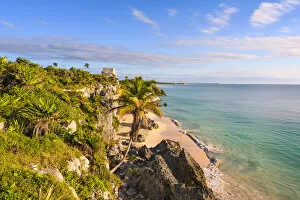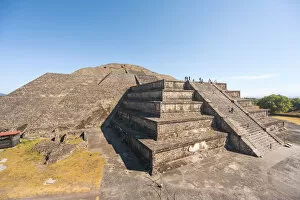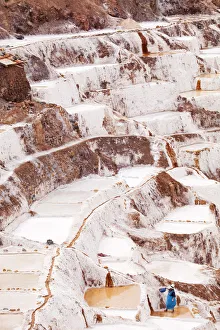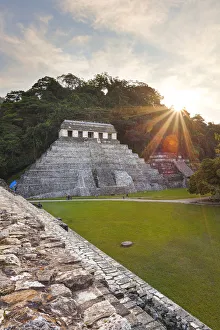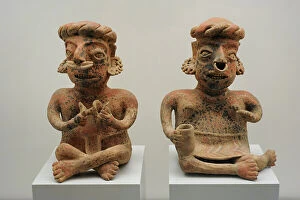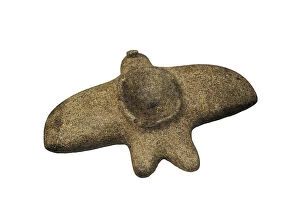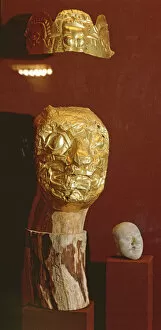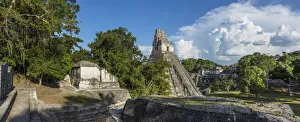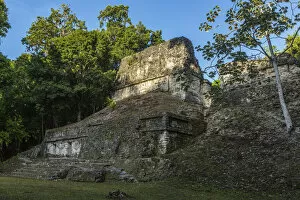Pre Hispanic Collection
"Exploring the Rich Heritage of Pre-Hispanic Mexico: A Glimpse into Ancient Civilizations" Immerse yourself in the captivating world of pre-Hispanic Mexico
All Professionally Made to Order for Quick Shipping
"Exploring the Rich Heritage of Pre-Hispanic Mexico: A Glimpse into Ancient Civilizations" Immerse yourself in the captivating world of pre-Hispanic Mexico, where ancient civilizations thrived and left behind a treasure trove of cultural artifacts. One such marvel is the Teotihuacan Archaeological Site, home to iconic structures like the Pyramid of the Moon that still stand tall today. Step back in time as you admire a Funerary urn adorned with intricate depictions of Kinich Ahau, the revered solar god worshipped by many Mesoamerican cultures. Marvel at a Wooden anthropomorphic figure from the Chimu culture, its craftsmanship reflecting their artistic prowess. Witness divine imagery come to life through a Censer featuring Tlaloc, one of Mexico's most significant deities associated with rain and fertility. Delicate yet striking, a Vase decorated with a human head showcases the artistry of Zapotec culture. Travel further into history with an exquisite Large bowl painted in vibrant hues using Mixteca-Puebla style techniques. Admire another ceramic masterpiece - a Vase depicting feline traits on its human figure form - showcasing both creativity and symbolism. Observe seated male and female figures side by side; their presence evoking stories untold but preserved through time. Feast your eyes on intricately designed Plates adorned with figurative and geometric decorations that offer glimpses into ancient narratives. Dive beneath azure waters as you encounter an enchanting Plate capturing two fish in all their glory - an ode to aquatic life celebrated by indigenous artisans. Behold a Sculptural vessel from Lambayeque culture or Sican; its ceramic structure narrating tales lost to modernity yet forever etched within these artifacts. Finally, discover an enigmatic Lithic ring hailing from Taino culture in Caribbean lands; this stone relic serves as testament to their ingenuity and connection to nature.

